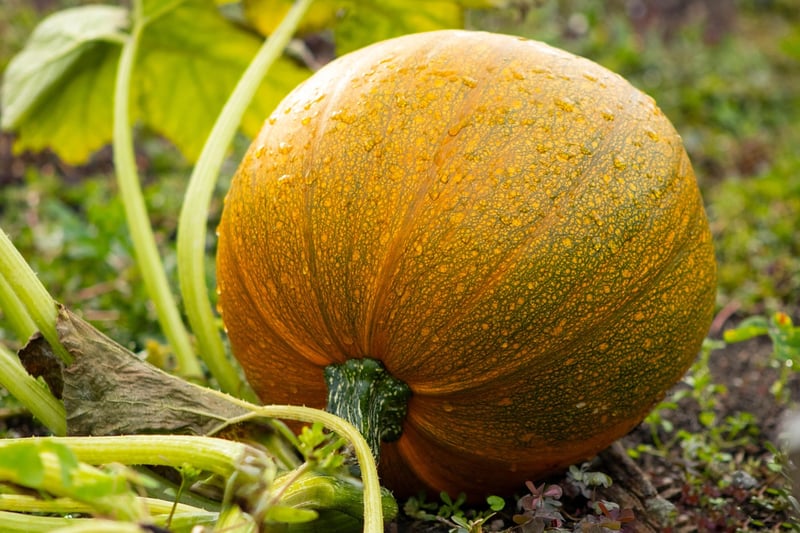Vegetable Patch
Cultivating Food at Home with Your Very Own Vegetable Patch

Are you looking to embark on a rewarding journey of growing your own food at home? Creating a vegetable patch can be a fulfilling experience that not only provides you with fresh, organic produce but also allows you to connect with nature and embrace sustainable living.
Getting Started
First, choose a sunny spot in your yard or balcony that receives at least 6-8 hours of sunlight per day. Prepare the soil by loosening it with a shovel or fork and enriching it with compost or organic matter to provide essential nutrients for your plants.
Selecting Your Vegetables
Consider the climate and seasonality of your area when choosing which vegetables to grow. Popular options for beginners include tomatoes, peppers, lettuce, carrots, and herbs like basil and parsley. Make sure to space out your plants adequately to allow for proper growth.
Caring for Your Vegetable Patch
Regular watering is crucial for the health of your plants, especially during hot summer months. Mulching can help retain moisture and prevent weed growth. Keep an eye out for pests and diseases, and address them promptly using organic solutions to maintain a thriving garden.
Harvesting Your Produce
As your vegetables mature, harvest them regularly to encourage further growth. Enjoy the satisfaction of picking fresh produce from your own garden and incorporating it into your meals. You'll appreciate the flavor and quality of homegrown vegetables like never before.
Benefits of a Vegetable Patch
- Access to fresh, organic produce
- Reduction of carbon footprint by growing your own food
- Cost-effectiveness compared to store-bought produce
- Promotion of biodiversity and pollinator habitats
- Enhancement of physical and mental well-being through gardening
Embark on your vegetable patch journey today and experience the joy of cultivating your own food right at home!
Image source: Pixabay
